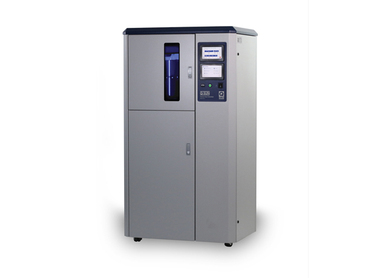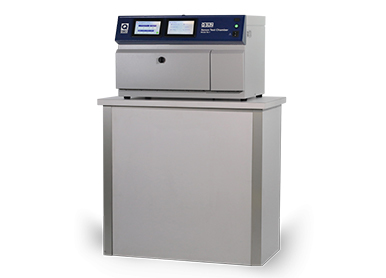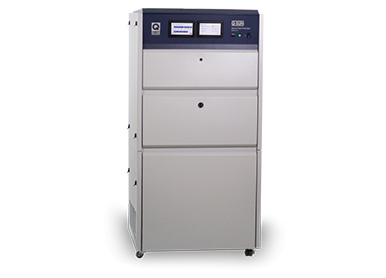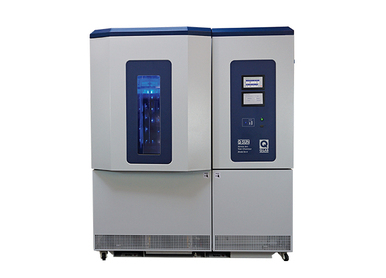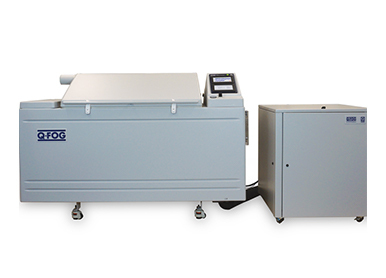Q-SUN XE-1 Xenon Arc Chamber
 Xenon arc lamps provide the best reproduction of full-spectrum natural sunlight. Q-Lab's lamps are air-cooled (not water-cooled), which makes them more economical, highly efficient, and very low-maintenance. Xenon lamps last for 3000 hours at normal irradiance and 1000 hours at high irradiance. The Q-SUN Xe-1 uses one lamp per machine.
Xenon arc lamps provide the best reproduction of full-spectrum natural sunlight. Q-Lab's lamps are air-cooled (not water-cooled), which makes them more economical, highly efficient, and very low-maintenance. Xenon lamps last for 3000 hours at normal irradiance and 1000 hours at high irradiance. The Q-SUN Xe-1 uses one lamp per machine.
Optical Filters
A choice of optical filters is available to simulate a variety of service environments, including direct sunlight and sunlight through window glass. The performance of Q-Lab's filters does not decline with age; therefore, filters do not need to be replaced under normal operation. The only exception to this is the Window-IR filter, which requires regular replacement. All Q-SUN Xe-1 models use one optical filter per machine.
Temperature Monitoring & Control
Control of temperature is important because it influences the rate of degradation for many materials. Specimen exposure temperature is precisely controlled in the Q-SUN Xe-1 tester using a black panel temperature sensor. The temperature can be set at any point between 35 °C and 100 °C, depending upon whether the black panel sensor is insulated or uninsulated, as well as irradiance level, filter type, lamp age and ambient room temperature. Black panel temperature control is standard on the Xe-1 tester; chamber air temperature control can be substituted as an option.

Versatile Specimen Mounting
The flat specimen mounting tray in the Xe-1 tester accommodates different shapes and sizes of specimens, including three-dimensional parts. A variety of specimen holders are available. The Q-SUN Xe-1 mounting tray is 251 × 457 mm (9.9 × 18 in) and holds up to 17 specimens @ 51 × 102 mm (2 × 4 in) each.
SOLAR EYE Irradiance Control
The SOLAR EYE irradiance control system constantly monitors and controls lamp output. This assures precise light exposure and maximizes reproducibility of test results. Irradiance control is available at 340 nm, 420 nm, or TUV (Total UV, 300-400 nm).
Optional Water Spray (Xe-1-SE and Xe-1-SCE)
Outdoor moisture attack is simulated via optional pure water spray in the Xe-1 tester. Two spray nozzles are located in the top of the chamber. Spray can be programmed to operate during either the dark or light cycle. Note that purified water is required for proper operation of the Xe-1 with water spray.
Optional Heated Water Immersion (Xe-1-WE)
The ponding tray in the Q-SUN Xe-1-WE submerges test samples in a temperature-controlled water bath during light or dark cycles. Immersion, draining, and temperature control are performed automatically with an integrated water repurification and recirculation system. Immersion weathering testing simulates environments experienced by materials frequently exposed to standing water, like roofing materials and photovoltaic panels.
Optional Chiller for Low Temperature Applications (Xe-1-BCE and Xe-1-SCE)
For some interior products such as pharmaceuticals and cosmetics, exposure near room temperature is necessary to prevent unnatural degradation. An optional chiller is available for the Xe-1 tester to reduce temperatures when testing such heat-sensitive materials for tests like the ICH Guidelines protocol. With a chiller, a Q-SUN Xe-1 tester can operate between 19-103 °C, depending upon temperature sensor type, irradiance level, filter type, lamp age, and ambient room temperature. The Xe-1 with chiller is configured so that the chiller acts as a permanent stand for the compact tabletop tester.

Software & Operations
The Q-SUN Xe-1 tester’s displays are designed to be both functional and easy-to-use. Q-SUN testers feature dual, full-color touchscreen displays and can be programmed in 17 user-selectable languages (English, French, Spanish, Italian, German, Chinese, Korean, Japanese, Czech, Dutch, Polish, Portuguese, Russian, Swedish, Thai, Turkish, and Vietnamese). This system includes complete self-diagnostic error checking, constantly monitoring the status and performance of all systems. It also displays tester error messages and routine service reminders as needed. The multicolor LED status indicator light updates users on the tester’s operational state at a glance.
Lamps and Filters
Xenon Arc Lamps for Full-Spectrum Light
The Q-SUN Xe-1 tester’s xenon arc lamps produce the most realistic reproduction of full-spectrum sunlight, including ultraviolet, visible light, and infrared radiation. For many materials, exposure to the full spectrum is necessary to provide an accurate simulation, especially when testing for color change and lightfastness.
The Q-SUN Xe-1 tester uses a single, air-cooled xenon arc lamp. This significantly reduces operating and maintenance expenses compared to water-cooled lamps. Typical lamp life for Q-Lab’s “plus” lamps is 3000 hours at typical irradiance, and 1000 hours at high irradiance.
Changing the Xe-1 lamp is quick and easy – it is easily accessible from the front of the tester. Replacement only requires the user to disconnect a simple plug connection, release two set screws, and remove the lamp housing.
.jpg)
A Choice of Optical Filters to Simulate a Variety of Environments
Xenon light must be properly filtered to achieve the appropriate spectrum for each particular application. Differences in spectra may affect both the speed and the type of degradation. The three categories of filters shown below are available to simulate a variety of service environments. The application or test method dictates which filters should be used. The
Q-SUN Xe-1 tester’s long-life filters are exceptionally durable and maintain the required spectrum indefinitely. After many years of use, Q-SUN filters have yet to show any signs of aging.
Daylight Filters
Daylight filters are used to simulate direct, noon summer sunlight. They provide the best correlation to natural exposures for most applications. Materials that are typically used outdoors, like roofing and exterior coatings, should be tested using daylight filters. Three different types of Daylight filters are available for the Q-SUN Xe-1 tester: Daylight-F, Daylight-Q, and Daylight-B/B. The Daylight-Q and Daylight-F filters meet the specifications of Type I Daylight filters described in ASTM and ISO standards. Daylight-B/B filters are classified as Type II Daylight filters.
Window Glass Filters
Window glass filters produce spectra equivalent to sunlight passing through window glass. This also simulates other indoor lighting, such as a typical commercial or office environment. Window glass filters are used for indoor materials such as printing materials and textiles. Four different Window glass filters are available for the Q-SUN Xe-1 tester: Window-Q, Window-B/SL, Window-SF-5, and Window-IR.
Extended UV Filters
Extended UV Filters transmit excess UV, below the normal cut-on of natural sunlight. They are used to produce faster or more severe test results. Extended UV Filters are specified in some automotive test methods and are sometimes used for aerospace applications. The most common Q-SUN filter of this type is the Extended UV-Q/B.
Low Cost Replacement Lamps for Atlas Weather-Ometer® Testers
Q-Lab also offers water-cooled replacement lamps for use in Atlas Weather-Ometer® models Ci35, Ci35A, Ci65, Ci65A, Ci4000, Ci4400, and Ci5000.
These low-cost water-cooled replacement lamps are guaranteed to have a comparable spectral irradiance to original lamps supplied by Atlas. The lamps meet a wide range of ISO, ASTM, SAE, and AATCC requirements.
Calibration
Temperature Calibration
The Q-SUN Xe-1 onboard black panel temperature sensor and optional chamber air temperature sensor both need to be calibrated periodically by the user. This assures accurate and consistent results.
Calibrating the Xe-1 onboard black panel temperature sensor is simple using the Universal Calibrator system’s UC202 calibrated temperature sensor, and takes only a few minutes. Note that UC202 thermometers come with either an uninsulated black panel (UC202/BP) or insulated black panel (UC202/IBP) sensor. This sensor must match the type of sensor actually used in the Xe-1 tester. Calibrating the optional chamber air temperature sensor is simply performed with any standard reference thermometer.
.jpg) Irradiance Calibration
Irradiance Calibration
The Q-SUN Xe-1 onboard SOLAR EYE irradiance sensor needs to be calibrated periodically by the user to assure accurate and consistent results.
Calibrating the Xe-1 tester is simple using the Universal Calibrator system’s UC20 calibration radiometer, and takes only a few minutes. UC20 devices are available with either a 340 nm, 420 nm, or 300-400 nm TUV (Total UV) sensor and must match the type of sensor actually used in the Q-SUN tester.
ISO 17025 Accredited Recalibration
Calibration of both the UC202 thermometers and UC20 radiometers needs to be performed annually. Both types of devices were designed to be disposable and cost-efficient, and can either be replaced annually with a freshly-calibrated device or returned to Q-Lab once per year for an inexpensive recalibration.
Q-Lab's calibration labs in the United States, Germany, United Kingdom, and China are ISO 17025 accredited by the American Association of Laboratory Accreditation (A2LA) to perform calibrations of UC sensors. Calibrations are traceable to the United States' National Institute of Standards and Technology (NIST).
Accessories
Versatile Specimen Mounting
The Q-SUN Xe-1 tester’s flat specimen mounting tray offers the flexibility to test many sizes and shapes of specimens. Specimen holders are available in a number of sizes to accommodate traditional flat specimens, like panels and plaques. Three-dimensional parts such as bottles, test tubes, cosmetics, and golf balls can be placed directly onto the specimen tray or in special holders.
The near-horizontal specimen tray ensures that water doesn't quickly run off the specimens, for best reproduction of outdoor results. It is also useful for testing materials that flow at elevated temperatures.
Drain Pump
Drain pumps are available for Q-SUN Xe-1 models. A drain pump is required if the drain tube must rise more than 100 mm (4 in) above the floor before reaching the drain. Contact Q-Lab to inquire about a drain pump for 120 V or 230 V testers.
Adapter Wedge
Q-lab also offers a 0° adapter wedge to tilt the Q-SUN Xe-1 backward, so that the sample tray is in a horizontal (0°) position. This allows water to remain on the specimens instead of running off. It also keeps soft, viscous specimens from running down a sloped sample tray and keeps liquid specimens level.










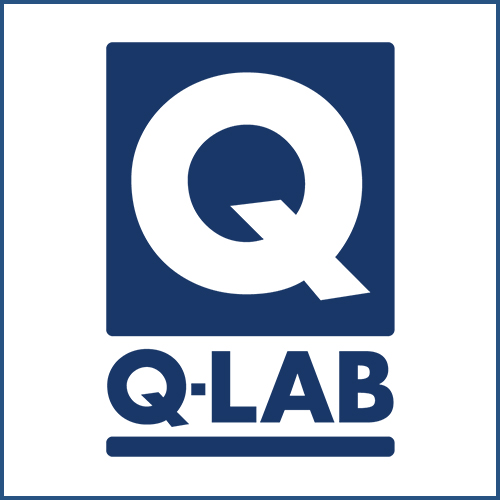
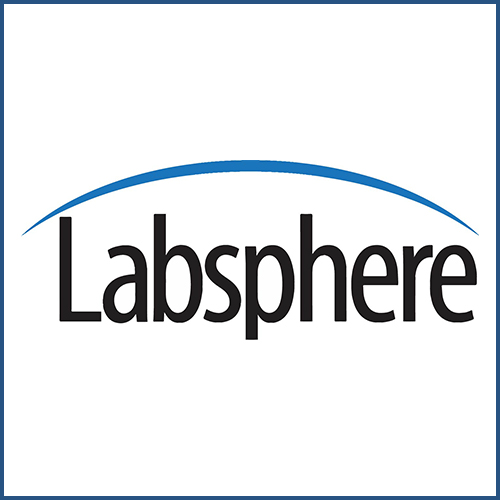
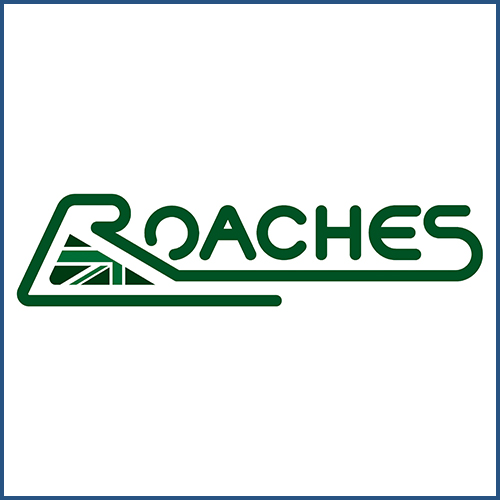


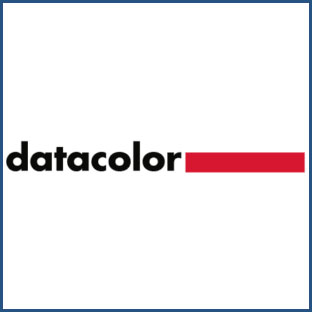
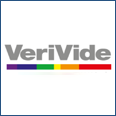
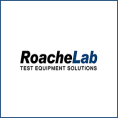
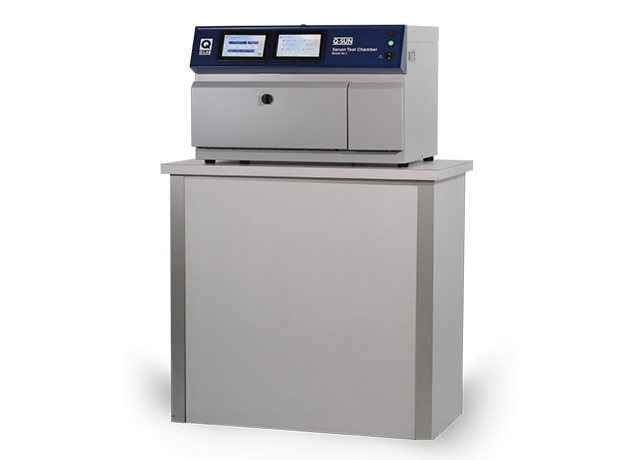
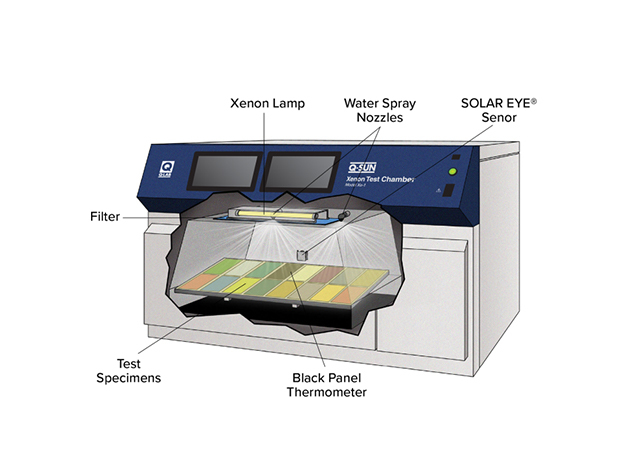
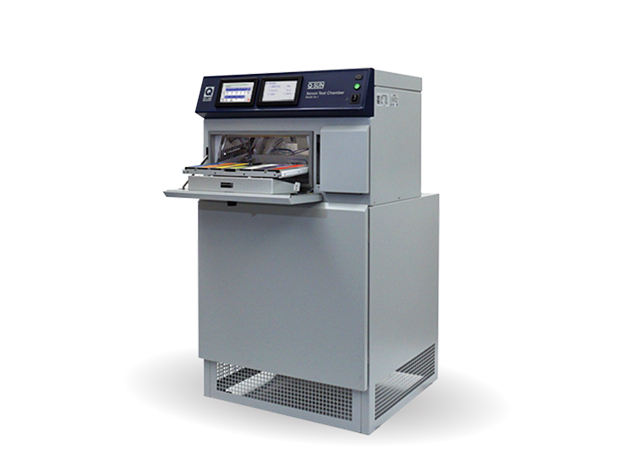
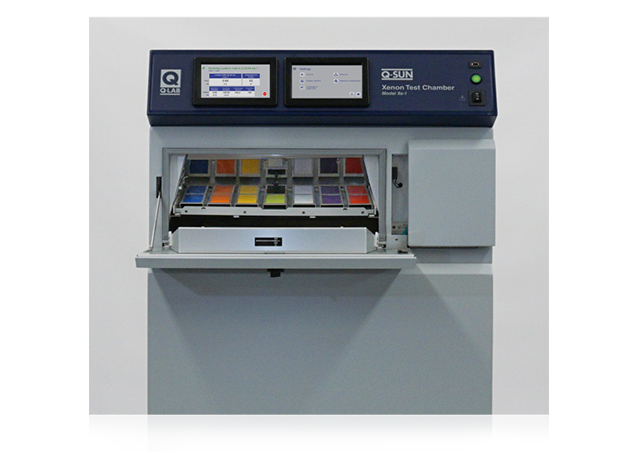




 USA
USA